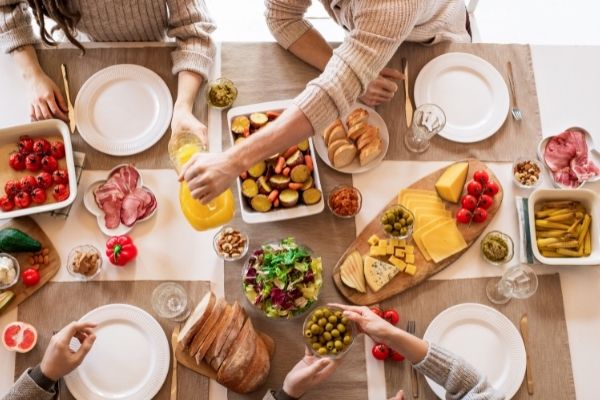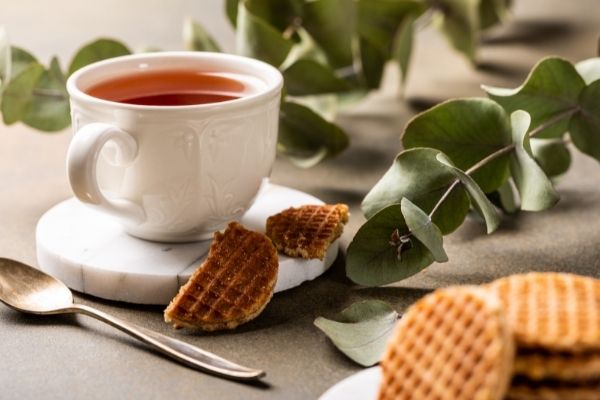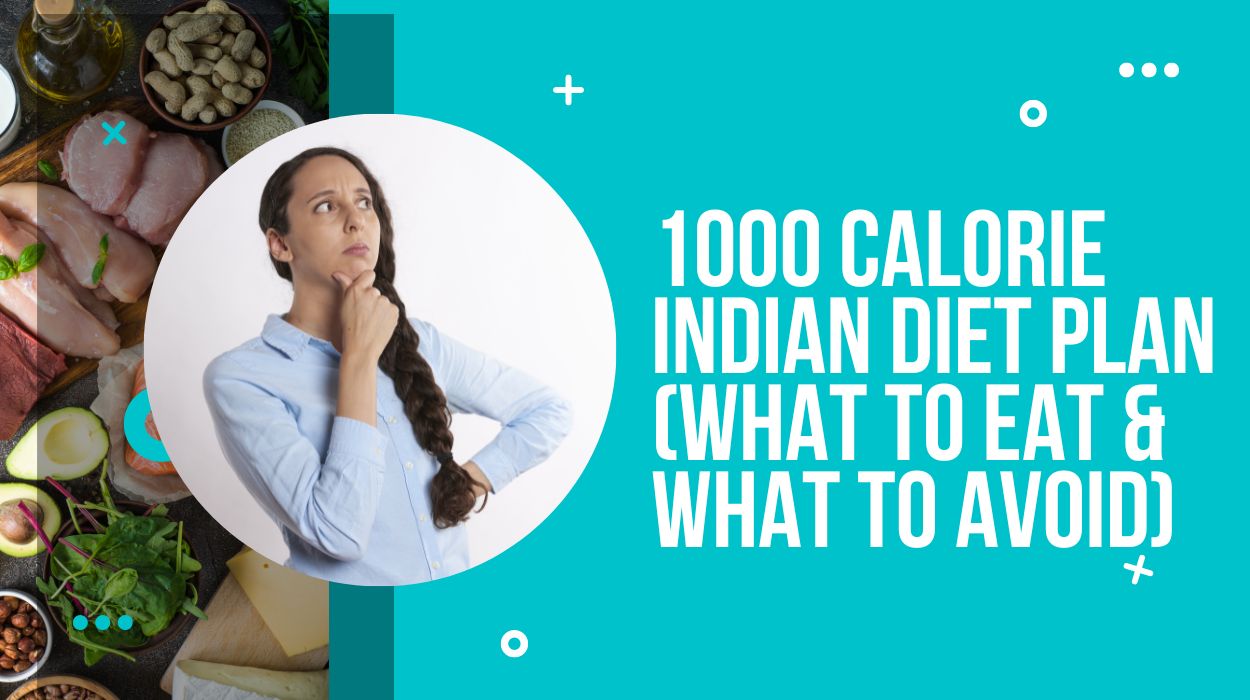A diet plan which includes daily calorie intake restriction and healthy food intake is called a calorie diet plan. So, how to plan a calorie diet including Indian food recipes?
So, let us focus on a 1000 calorie Indian diet plan and discuss what it is and what to include and exclude in this type of diet.
This article will tell you all the ingredients and recipes you can cook at home for your 1000 calorie diet plan. Read on and enjoy!
What is a 1000 Calorie Diet Plan?

A man should have around 2,500 calories a day, and a woman should eat 2,000 calories a day. And in a 1000 calorie diet plan, you have to restrict yourself to only 1000 calorie intake per day, which is lower than the needed number. Therefore, you must consult your doctor before starting with a calorie diet plan.
In a 1,000 calorie diet plan, you should replace high-calorie food with high protein, low-calorie, and low-fat food. This restriction keeps your tummy full throughout the day, helping you control cravings and hunger. What comes under healthy Indian food with low-fat and calories and high protein? And at what time can you eat them to achieve your goal?
Not one food item can provide you with all the nutritional values you require during a calorie restriction diet. Hence, you need to eat different food having different nutritional values. So, let us see what food items you can include in your diet plan!
What Indian Food Ingredients and Cuisines can you Include in a 1000 Calorie Diet Plan?
If your purpose is to lose weight, you must drink lots and lots of water all day long and avoid the junk, oily, and sugary foods. Also, try to eat dinner 1 to 2 hours before bed. Now, let us see what to include in your healthy Indian food diet plan restricting to 1,000 calorie intake per day.
1. Breakfast

Have a bowl of flattened rice (Poha) or Indian chickpea flour pancake (Besan Chilla) along with a healthy chutney of coriander, coconut, or mint. Or eat only two boiled eggs or a bowl of oat porridge. A bowl of vermicelli cooked in veggies or mixed vegetable/ cottage cheese (paneer) stuffed parathas could also be a replacement.
Vegetable uttapams or 2 idlis and 1 bowl of sambar is healthy south Indian food for a weight loss diet plan to eat for breakfast. And a bowl of skimmed milk yogurt or a glass of mixed fruits yogurt smoothie, or 2 multigrain toasts is also good to have in the morning. And after you have breakfast, have any 1 to 2 fruits among apples, kiwi, banana, strawberries, nuts like walnuts, orange, or pomegranate.
A glass of cucumber detox or veggie smoothie of a cucumber, a carrot, a tomato, and a handful of spinach in the morning 1 hour before breakfast is excellent for weight loss, and you can have it daily for 7 days. Instead, you can have a glass of warm water added with some honey and half squeezed lemon in the early morning.
2. Lunch

Prepare a plate with a bowl of curd, a bowl of cooked mixed vegetables with a chapati, and some salad. And if you wish to have rice instead of chapati, prepare a plate having a bowl of dal, 1/2 bowl of cooked plain rice, and salad. Or, if you wish to eat south Indian food, have a plain roast dosa or 2 idlis with a bowl of sambar.
You can also replace vegetable bowls with paneer bhurji, rajma, or ghiya sabzi. A bowl of boiled vegetable or methi rice is also good if you want different rice tastes. Green leafy vegetables and other low-fat healthy veggies are also good to add to lunch. A bowl of roasted veggies or a cup of healthy chicken or vegetable soup could also do the work.
3. Dinner

As you know, dinner should always be light. So, 2 vegetable sorghum (jowar) cheelas, a bowl of upma, 4 to 5 pieces of paneer tikka, a bowl of vegetable macaroni, or 3 to 4 pieces of dhokla for dinner. You can also have a bowl of sauteed vegetables with paneer or a bowl of sprouts or sprout salad.
If you need something heavier than the food mentioned, prepare a thali of chapati with low-fat vegetables, cereals, or seed curries of bottle gourd, dal, lentils, paneer, mixed veg, tomato, or brinjal. You can also have a bowl of boiled vegetables or stir-fried beans, capsicum, some garlic, and peas.
Soups and 2 slices of wheat bread or 100 grams of yogurt and baked fish are also good for dinner. Have a cup of buttermilk, raw milk, or soy milk at bedtime for sound sleep.
4. Snacks and Brunch

As said before, to fulfill the nutritional needs in your body while you are on a calorie diet plan, you can have 5 to 6-time meals every day for 7 days. So, have something for brunch and evening snacks other than 3-time meals. You can have a cup of green tea, lemongrass tea, jeera tea, or milk tea with some nuts, 2 oats biscuits, or makhana. You can also replace tea with sugarless coffee or buttermilk.
For brunch, have 1 to 2 fruits, skimmed milk paneer, a cup of green tea, or 100 grams of low-fat yogurt. You can also have an apple with peanut butter.
You should not continue a 1,000 calorie diet plan for more than a week because it is a very low-calorie diet plan. And you may not obtain the required nutritional value leading to health issues and rapid weight loss. And do not leave your exercise schedule behind. Neglecting exercise is not healthy, but in a 1,000 calorie diet plan, only go for stretching exercises and walking. And to fulfill your body’s nutritional needs, take 5 to 6-time meals a day.
Benefits of a 1000 Calorie Diet Plan
A 1,000 calorie diet plan is mainly beneficial for weight loss. But, other than rapidly losing weight, you may enjoy the benefit of reducing the risks of diseases like heart disease in your body. Also, it helps lower bad cholesterol levels and controls blood pressure and sugar levels, keeping you healthy and fit.
As you know now, dieting following a 1,000 calorie diet plan will help you feel full, preventing overeating. And if you follow the diet plan mentioned above, it will promote healthy eating and prevent you from diseases.
A 1,000 calorie diet plan helps lose around 0.5 to 1 kg of weight in 7 days. It will help lose fat, lean tissues, and extra water, reducing body weight.
Side Effects of a 1,000 Calorie Diet Plan
Now, as you know, we eat less than the calorie requirement per day in a 1,000 calorie diet plan. It may not suit everybody, and you may face a lack of energy because your body lacks energy-providing nutrients. You may also feel tired, exhausted, and starve for food.
In some people, it may cause insomnia, cognitive issues, lower metabolism, which rapidly increases weight rather than decreasing. You may not be able to walk, run, digest food properly, lose hair and weaken nails.
Your bones and muscles may weaken, and all these side effects may increase the risks of chronic diseases in you. Due to nutrient deficiency, women may reduce fertility in them.
Advice: If you are an athlete or bodybuilder, a 1,000 calorie diet is harmful to you.
Conclusion
A 1,000 calorie diet plan is helpful for rapid weight loss, but you eat less than the required calories in a day. So, restrict calorie intake for only 7 days and follow a healthy diet plan to fulfill the daily nutritional requirements.
You can have the healthy and highly nutritious Indian food cuisines and ingredients mentioned above in your diet. They are high in protein and low in fat and calories, which benefits you by keeping your tummy full.
We hope you found the article helpful. Do not forget to share the results you got from a 1,000 calorie diet plan with us in the comment section below.
You May Also Like to Read:
12 Foods to Avoid for Weight Loss | What to Stop Eating?
How to burn 1000 calories a day?


